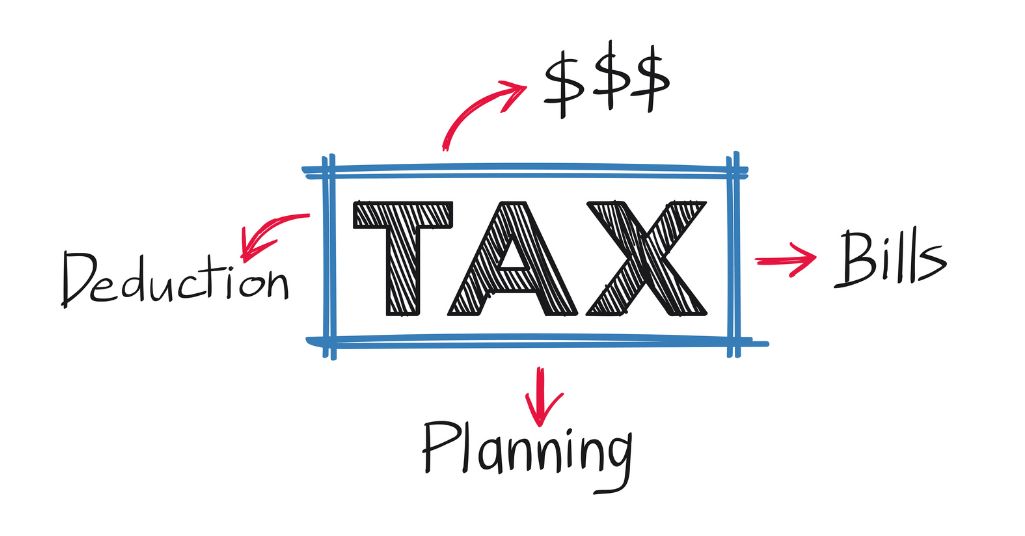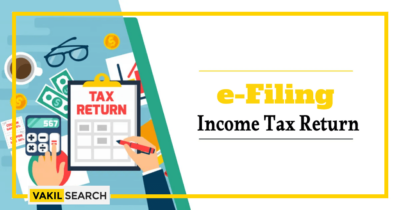This article hopes to shed light on some of the best ways to save on your income tax legally
Knowing the various methods through which a person can save tax can come really handy while submitting IT returns. This feature dives into elucidating the most common and apparent strategies an employee can wield to reduce their tax liability in a financial year.
In order to encourage a high savings rate, the government of India gives many opportunities to reduce your taxable income. Many of the ways in which you can do so are straightforward and used by professionals across India. Some of the ways will require you to get approvals for your employer to restructure how salary is paid out to you. These tax-saving methods are in addition to the various income tax deductions available. Let’s examine the 8 ways to save tax in India.
1. Medical And Leave Travel Allowance
If you go through your salary structure, although few ever do so, you’ll find provisions such as Medical Allowance and Leave Travel Allowance. As they are rarely claimed by employees, they are often simply paid (after deducting tax) at the end of the year, which is why you may notice a slight increase in your pay around the end of the financial year. But do note that if you do claim the amount you spend on medicines and holidays, you will be saving tax.
For instance, you can produce medical bills of up to ₹ 15,000 in a financial year. If you’re in the highest tax bracket (over ₹ 10 lakh per year), you will save ₹ 5,000 just by doing so. Similarly, you can avail of leave travel allowance of up to two times in a block of four years. However, to claim leave travel allowance, you will need to submit all your travel documents. Furthermore, this only applies to travel within India and if you travel directly (i.e. not in a roundabout way).
2. House Rent Allowance
You may have heard the term house rent allowance or HRA, which is perhaps the easiest way to save tax. This applies to anyone who lives in a rented house (or even if you’re living with your parents, to whom you pay a fixed amount every month). However, it cannot be utilised if you or your spouse have a house (that is not rented) in the same location.
All you need to do to claim it is submit your rental receipts (even from a parent) to your human resources department and you can save the following amount in tax:
The lesser of the following three can be availed as exemption:
- The actual HRA received from your employer
- The actual rent paid by you for the house, minus 10% of your salary (basic + dearness allowance, if any)
- 50% of your basic salary (for a metro) or 40% of your basic salary (for non-metro).
Since house rent makes a dent in the income every month, provisions such as HRA in the salary can help save tax to a greater extent.
3. Clubbing Income With Your Family’s Total Income
When parents invest in the name of their children, the income earned is clubbed with that of the parent who earns more and is taxed at the applicable rate. However, there is a small deduction of ₹ 1,500 available per child, with a maximum limit of two children. So, if you open a fixed deposit in your child’s name, interest of up to ₹ 1,500 will not be clubbed with your taxable income.
Incidentally, if you are living in your parents’ house, you can pay rent to them. If your parent has no other income or pays a lower tax, this can bring down your tax liability significantly. However, the rent will be taxable as the income of the parent after a 30% standard deduction.
This means, you can safely pay a senior citizen parent up to ₹ 3.5 lakh a year without adding to his tax liability. Very senior citizens (above 80) can be paid up to ₹ 7 lakh. If the house is jointly owned by both parents, divide the rent between the two.
From confusion to clarity – Let our Tax Calculator India guide you to financial understanding.
If you are eligible for any of these nine deductions, make sure you claim it in the tax return. Why leave any money on the table for the taxman? If you have already filed your return, you can still avail of these deductions by filing a revised return. However, if the tax department has already finished the assessment, you won’t be allowed to revise your return.
4. Losses in Stocks
Believe it or not, the losses you made in stocks this year can bring down your tax. If you have made any long-term capital gains from the sale of property, gold or debt funds, you can set them off against short-term capital losses in stocks and reduce your tax liability. The short-term capital losses can be set off against both short-term capital gains as well as taxable long-term capital gains. This can be especially useful for someone who has booked profits in gold ETFs and physical gold this year.
Suppose you made a long-term capital gain of ₹ 6 lakh by selling gold ETFs. The tax payable on this amount is ₹ 60,000. If, on the other hand, you sold some stocks within a year of buying and made a short-term loss of ₹ 3 lakh, you can set this off against the gains from gold ETFs. So the gain from gold will be reduced to only ₹ 3 lakh and the payable tax will be ₹ 30,000.
The losses that have not been adjusted can be carried forward for up to eight years. Besides, only short-term capital losses from stocks can be adjusted against other gains or carried forward. So, the stocks you bought more than a year ago will not be eligible.
5. Education Expenses
Tuition fees you pay for your children/self can be reduced from your income while calculating your taxable income. School fees, however, do include several other components, such as library and transport fees, aside from others, the only component eligible for tax savings is tuition fees. Furthermore, any interest you pay on an education loan, either for yourself or a dependent, can be deducted from your income.
6. Long-term Capital Gains
If you sell a capital asset at a profit, this gain is taxed under capital gains. A capital asset includes any property, excluding jewellery, drawings and paintings. It, therefore, includes shares, mutual funds, and immovable property. Income tax on capital gains depends on the length of time you hold the asset for. A short-term capital asset is one that is held for no longer than 36 months, whereas a long-term capital asset is one that has been held for long. Mutual funds, zero-coupon bonds and shares, however, qualify as long-term assets after 12 months.
Now, how can you save? For long-term capital assets, you can take into account indexation benefits. Generally, the greater the profit, the more you’ll save from indexation. By providing this benefit, the government intends to factor in the effect of inflation on the purchase. What you do need to remember, however, is that, if the indexation method is used, the tax is levied at 20%. If the value is not adjusted for inflation, the tax is levied at 10%.
7. Home Loans
You can save tax on both the interest and principal component of your home loan. The principal amount you have paid can be claimed under section 80G, at an upper limit of ₹ 1.5 lakh. The interest you pay will also lower your tax liability by up to ₹ 2.5 lakh, starting from 2016.
8. Perquisites
Your salary includes your basic salary, any annuity or pension, gratuity, advance of salary, leave encashment, commission, perquisites and retirement benefits. Of all your salary, some of the income you receive as perquisites are tax deductible.
A perquisite is the benefit provided to you by your employer, in addition to your salary. This might be payment of school fees by employer, rent-free or concessional accommodation, or a car loan. Some perquisites are taxed along with your salary, while others are exempt, up to a certain limit. For example, school fees up to ₹ 12,000 per year are exempt from tax. A car owned by you is exempt for up to ₹ 1200 per month if its engine capacity is less than 1600cc and for ₹ 1600 if its capacity is more than 1600cc.
Conclusion
To wind it up, there are several methods of reducing the tax liability of an employee. The few mentioned here are medical and leave travel allowance, house rent allowance, clubbing income with your family’s, losses in stocks, education expenses, long-term capital gains, home loans, and other perquisites paid by the employer. However, there may be more exemptions or deductions you may be able to enjoy depending on the nature of your income. So it is always best to consult a tax and finance specialist who specialises in income tax structuring so that you do not end up overpaying your taxes. If you have any other tax related queries, feel free to get in touch with our team of experts who will guide you with your requirements with the best professional advice.
Read more,










